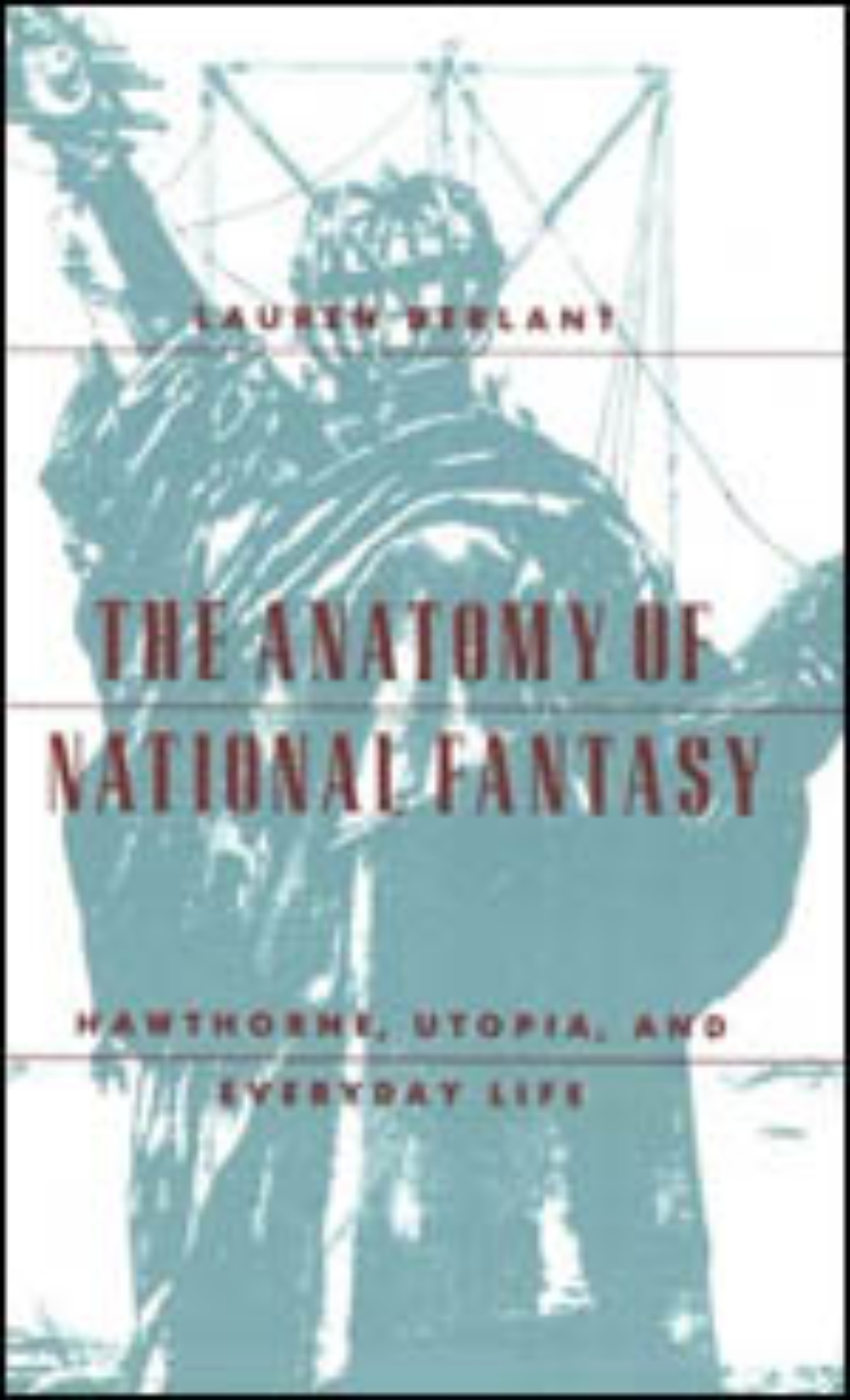The Anatomy of National Fantasy
Hawthorne, Utopia, and Everyday Life
Examining the complex relationships between the political, popular, sexual, and textual interests of Nathaniel Hawthorne’s work, Lauren Berlant argues that Hawthorne mounted a sophisticated challenge to America’s collective fantasy of national unity. She shows how Hawthorne’s idea of citizenship emerged from an attempt to adjudicate among the official and the popular, the national and the local, the collective and the individual, utopia and history.
At the core of Berlant’s work is a three-part study of The Scarlet Letter, analyzing the modes and effects of national identity that characterize the narrator’s representation of Puritan culture and his construction of the novel’s political present tense. This analysis emerges from an introductory chapter on American citizenship in the 1850s and a following chapter on national fantasy, ranging from Hawthorne’s early work "Alice Doane’s Appeal" to the Statue of Liberty. In her conclusion, Berlant suggests that Hawthorne views everyday life and local political identities as alternate routes to the revitalization of the political and utopian promises of modern national life.
At the core of Berlant’s work is a three-part study of The Scarlet Letter, analyzing the modes and effects of national identity that characterize the narrator’s representation of Puritan culture and his construction of the novel’s political present tense. This analysis emerges from an introductory chapter on American citizenship in the 1850s and a following chapter on national fantasy, ranging from Hawthorne’s early work "Alice Doane’s Appeal" to the Statue of Liberty. In her conclusion, Berlant suggests that Hawthorne views everyday life and local political identities as alternate routes to the revitalization of the political and utopian promises of modern national life.
278 pages | 5-1/2 x 8-1/2 | © 1991
History: American History
Literature and Literary Criticism: American and Canadian Literature
Table of Contents
Acknowledgments
Introduction: "I am a citizen of somewhere else."
1. America, Post-Utopia: Body, Landscape, and National Fantasy in Hawthorne’s Native Land
2. The Paradise of Law in The Scarlet Letter
3. The State of Madness: Conscience, Popular Memory, and Narrative in The Scarlet Letter
4. The Nationalist Preface
5. America in Everyday Life
Notes
Index
Introduction: "I am a citizen of somewhere else."
1. America, Post-Utopia: Body, Landscape, and National Fantasy in Hawthorne’s Native Land
2. The Paradise of Law in The Scarlet Letter
3. The State of Madness: Conscience, Popular Memory, and Narrative in The Scarlet Letter
4. The Nationalist Preface
5. America in Everyday Life
Notes
Index
